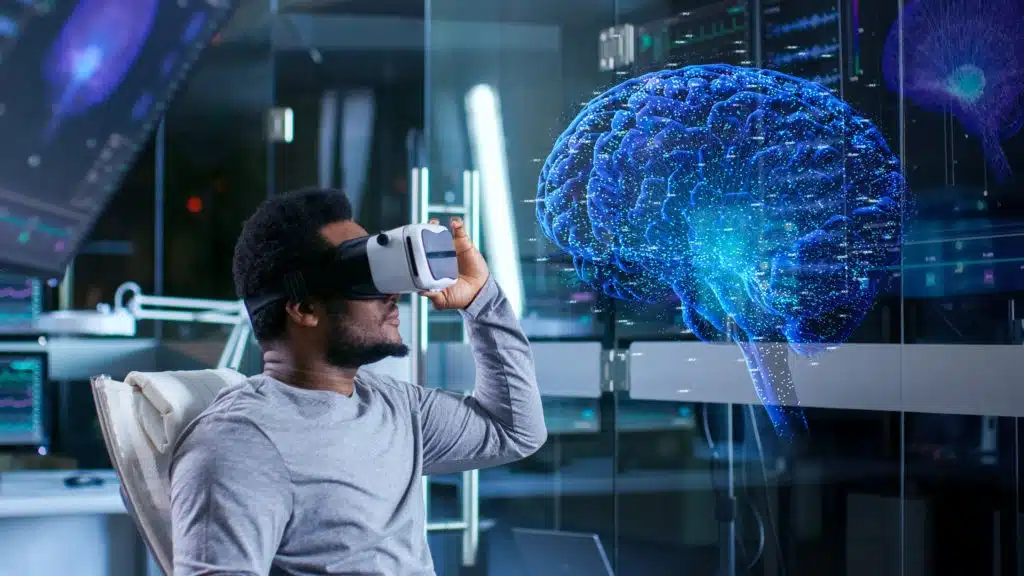Technology has drastically changed how we live, work, and learn, revolutionizing professional development. Traditional methods like seminars are no longer the sole means to enhance skills. Today, technology offers diverse opportunities for continuous learning. Online courses, webinars, and mobile apps have made professional growth more accessible, flexible, and personalized. This article delves into how technology is transforming professional development and benefiting individuals, organizations, and industries. Explore how technology reshapes professional growth!
The Rise of Online Learning Platforms
A significant influence of technology on professional growth is the emergence of online learning platforms. These platforms offer a wide range of courses and resources that professionals can access anytime, anywhere. If you want to develop your skills, you can choose from a plethora of options available on these platforms such as Toolshero or some other well-known platforms. These online platforms are often more affordable and convenient compared to traditional methods, making professional development more accessible to a wider audience.
Virtual Conferences
With the advancements in communication and collaboration technologies, professionals can now attend conferences virtually without having to travel physically. This has broken geographical barriers and opened up opportunities for individuals from all over the world to participate in valuable discussions, workshops, and networking sessions. Virtual conferences also offer the option to save recordings of sessions for later viewing, making it easier for individuals to fit them into their busy schedules. This not only saves time and money but also allows professionals to learn from experts and peers globally, thus enhancing their knowledge and skills on a global scale.
Personalized Learning with Technology
Technology has transformed professional development significantly, particularly through the implementation of personalized learning. With the help of various software and applications, professionals can now create personalized learning plans tailored to their specific needs. These platforms use algorithms and data analytics to identify the individual’s strengths, weaknesses, and learning styles to curate a customized learning experience. This not only makes learning more efficient but also more engaging and enjoyable for the individual. With personalized learning, professionals can focus on areas that need improvement and skip over topics they are already proficient in, making the most out of their time and efforts toward professional development.
Mobile Applications
With the widespread use of smartphones and tablets, professionals can now access learning materials, courses, and resources on the go. This means they can continue their training and development even during their daily commute or while traveling for work. Mobile applications also offer interactive features such as quizzes, games, and simulations that make learning more engaging and convenient. With just a few taps on their devices, professionals can access a wealth of information and skills to enhance their professional growth wherever they are. This has made continuous learning more accessible and efficient, ultimately benefiting individuals and organizations alike in the fast-paced work environment we live in today.
Blending Traditional and Digital Methods for Enhanced Professional Development
While technology has brought about significant changes in professional development, it is not meant to replace traditional methods entirely. Many organizations and professionals are now blending traditional and digital methods to create a well-rounded learning experience. This may include combining in-person workshops with online courses, using virtual reality for hands-on training, or incorporating gamification into traditional classroom activities. By integrating both traditional and digital methods, professionals can benefit from the best of both worlds – the personal interaction and hands-on experience of traditional methods, combined with the accessibility and flexibility of digital tools. This approach to professional development allows individuals to maximize their learning potential and adapt to different learning styles while keeping up with the ever-changing landscape of technology.
The Impact of Technology on the Future of Workforce Skills and Competencies
As technology continues to advance, it is evident that the skills and competencies required in the workforce are also evolving. To keep up with these changes, professionals need to continuously update their knowledge and skills through professional development opportunities. The use of technology in professional development has made it easier for individuals to stay updated with the latest trends and advancements in their respective fields. It has also opened up avenues for individuals to develop new skills and competencies that are in high demand in today’s rapidly changing job market. Therefore, the impact of technology on professional development not only benefits individuals but also plays a crucial role in shaping the future of workforce skills and competencies.
Technology has significantly transformed the landscape of professional development. With its continuous evolution, it has made learning more accessible, convenient, and personalized for professionals from various industries and backgrounds. So let us embrace technology and embark on a continuous learning journey towards a brighter and more successful future.
Lucas Noah, armed with a Bachelor’s degree in Information & Technology, stands as a prominent figure in the realm of tech journalism. Currently holding the position of Senior Admin, Lucas contributes his expertise to two esteemed companies: OceanaExpress LLC and CreativeOutrank LLC. His... Read more
